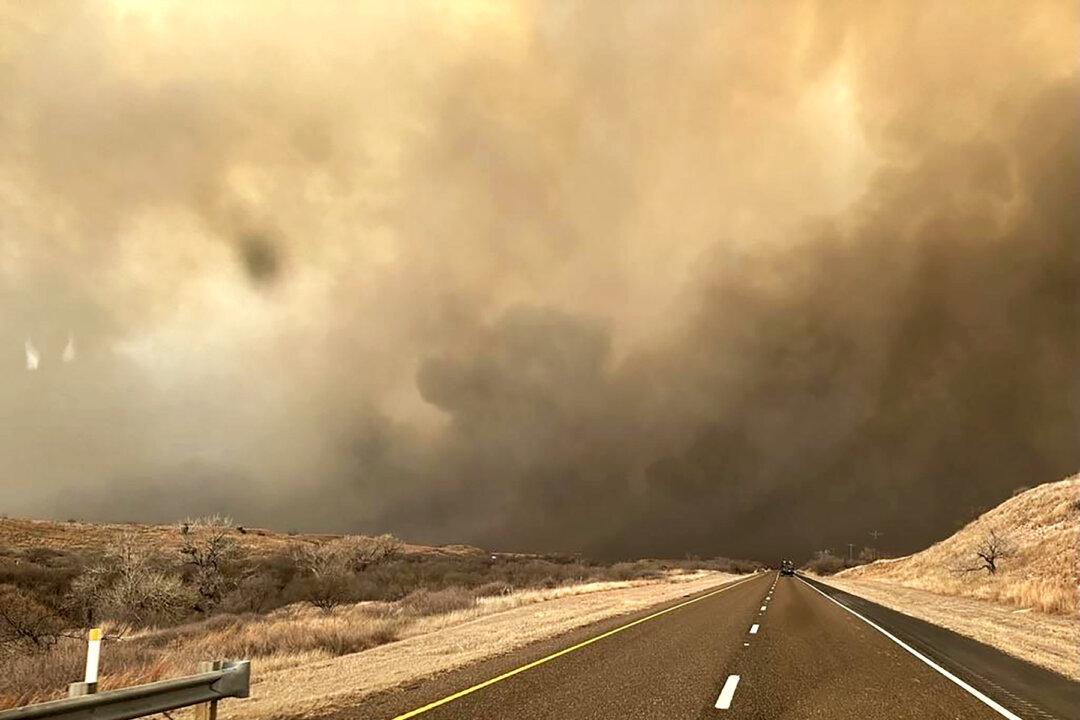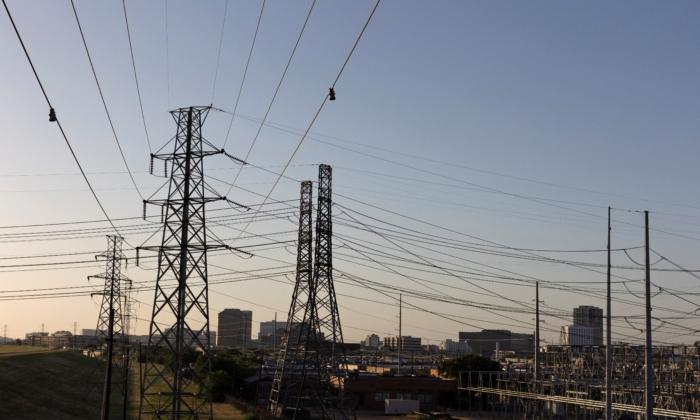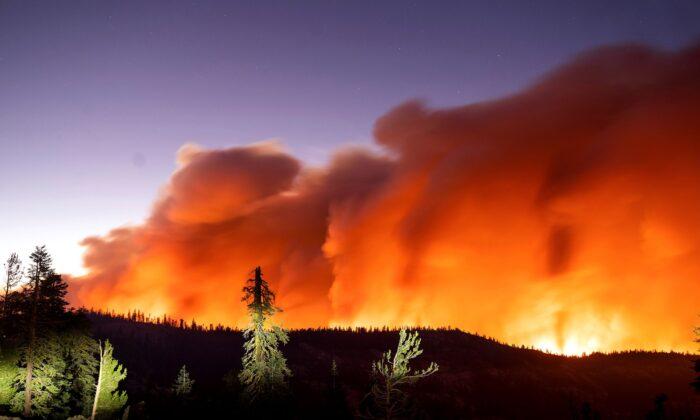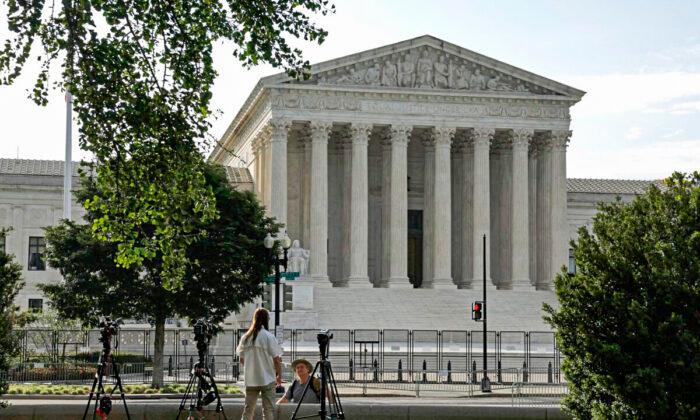In less than a month, three separate reports have been released repeating the same lie, that the costs of natural disasters are rising, and human-caused climate change is to blame.
Each report received copious amounts of coverage by the mainstream media. I suspect the timing of the releases and the coordinated coverage wasn’t by coincidence. They were intended to gin up support for radical climate action by the Biden administration, and provide President Joe Biden’s climate team with cover for a “Great Reset”-type of takeover of the economy to save the world from apocalyptic climate change.
The costs of natural disasters have risen in recent years. However, data indicate climate change bears little, if any, blame for that fact. Instead, people’s choices about where to live and work, and government policies, are to blame for the higher costs from floods, wildfires, and storms.
In late December 2020, a group calling itself Christian Aid released a report, titled “Counting the Cost 2020: A Year of Climate Breakdown,” which attributed the high costs of the year’s 15 most expensive weather-related disasters to climate change.
A week later, the giant German reinsurer Munich Re released “Record Hurricane Season and Major Wildfires—The Natural Disaster Figures for 2020.” The reinsurer’s report said natural disasters, including hurricanes, flooding, and wildfires, “produced losses of US $210 [billion], with insured losses of US $82 [billion]” worldwide.
The reinsurer asserted that human-caused climate change made natural disasters worse.
On Jan. 8, the National Oceanic and Atmospheric Administration (NOAA) published a report claiming there have been 285 climate-change-enhanced natural disasters since 1980, imposing costs exceeding $1.875 trillion, and the United States experienced 22 weather- or climate-related events in 2020 alone topping $1 billion in costs.
The costs of natural disasters have risen considerably over the course of the past century, but long-term data indicate, despite a modest warming, there has been no increase in the number or severity of natural disasters in recent decades. Even 2020 wasn’t unusual historically.
Long-term data show the number of wildfires and acreage consumed by them has declined dramatically over the past century. In addition, the Copernicus Atmosphere Monitoring Service reports that “2020 was one of the lowest years for active fires globally.”
NASA recently reported its satellite measurements show wildfires globally declined by 24 percent since 1998, and the total global amount of area burned annually declined by more than 540,000 square miles, from 1.9 million square miles in the early part of the 20th century to 1.4 million square miles today.
The data on hurricanes is equally clear. Data from the National Hurricane Center (NHC) shows hurricane effects in the United States have been at an all-time low in recent years.
“The United States recently went more than a decade (2005 through 2017) without a major hurricane measuring Category 3 or higher, which is the longest such period in recorded history. The United States also recently experienced the fewest number of hurricane strikes in any eight-year period (2009 through 2017) in recorded history,” notes “Climate at a Glance: Hurricanes.”
Ryan Maue, NOAA’s chief scientist, recently noted in a tweet that global Accumulated Cyclone Energy (ACE), a measure of global hurricane power, has trended slightly downward over the past 30 years.
Each of the three recently released climate disaster cost studies ignores or downplays the “expanding bullseye effect,” with natural disaster costs rising as communities increasingly expand into areas historically prone to natural disasters, such as flood plains, forests, and coastal areas, and erect increasingly expensive structures and infrastructure there. As a result, when extreme weather events strike, more developed land and more expensive properties are damaged.
Government has also contributed to the rising costs of natural disasters through various subsidized government-backed or -operated disaster insurance programs and emergency declarations leading to low-cost or no-cost loans. A host of government programs reduce individuals’ responsibility for decisions they make about where to live and work. For instance, the U.S. Army Corps of Engineers flood control program, federal flood insurance, federally backed and subsidized hurricane insurance perversely encourage high-risk development, and harm environmentally sensitive areas. The Heinz Center has determined that without these insurance and flood control programs, development density in areas at high risk of flooding would be about 25 percent less than in low-risk areas.
These studies provide no justification for stampeding the United States into taking extreme actions such as banning fracking or ending the use of fossil fuels, as the Biden administration has said it wants to do.
If Biden truly wants to reduce the damage resulting from natural disasters, his administration could remove the incentives the federal government provides that encourage people to live and work in places that are historically at risk from natural disasters. This would prevent far more harm in the years ahead than carbon dioxide restrictions.





